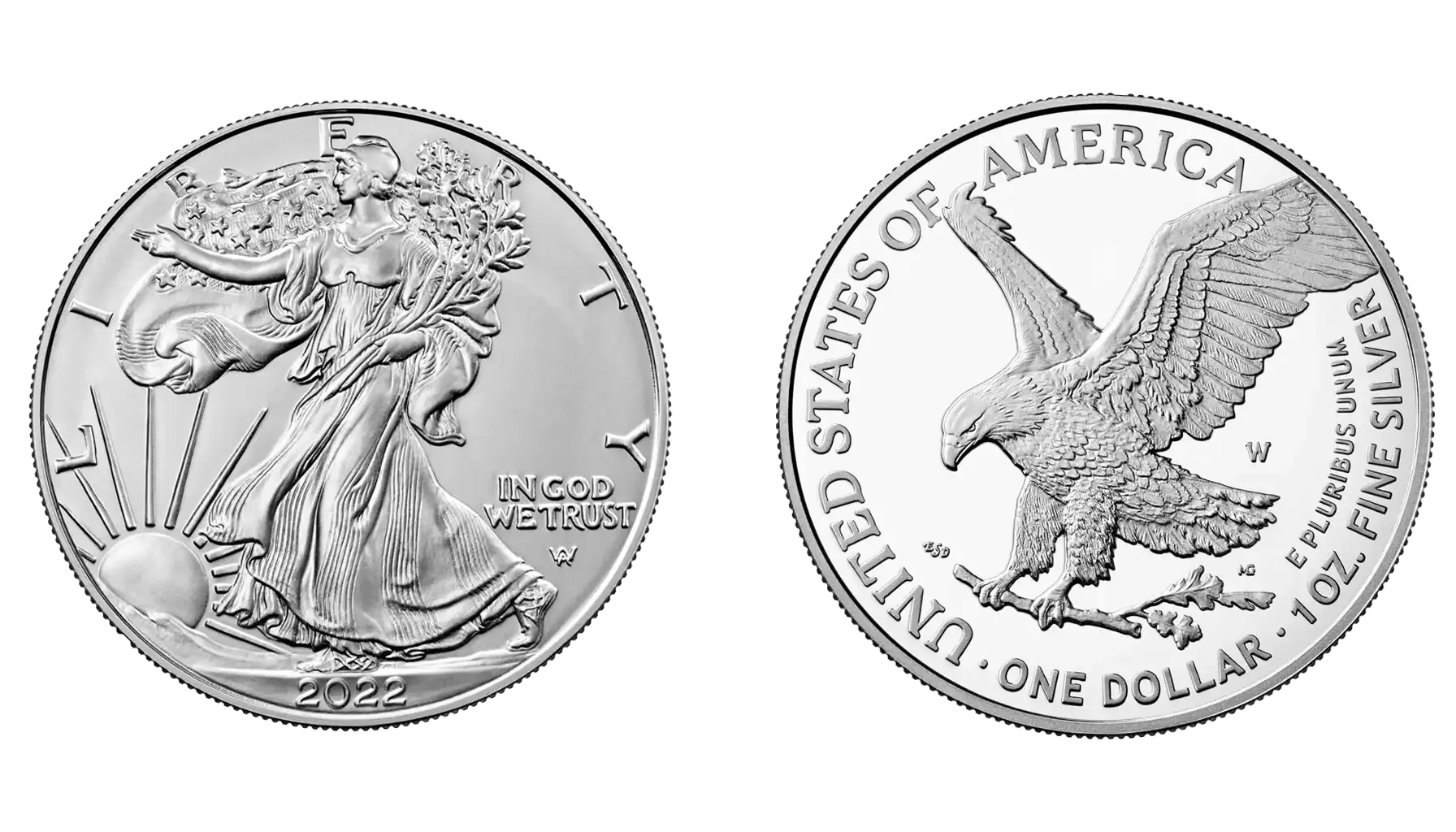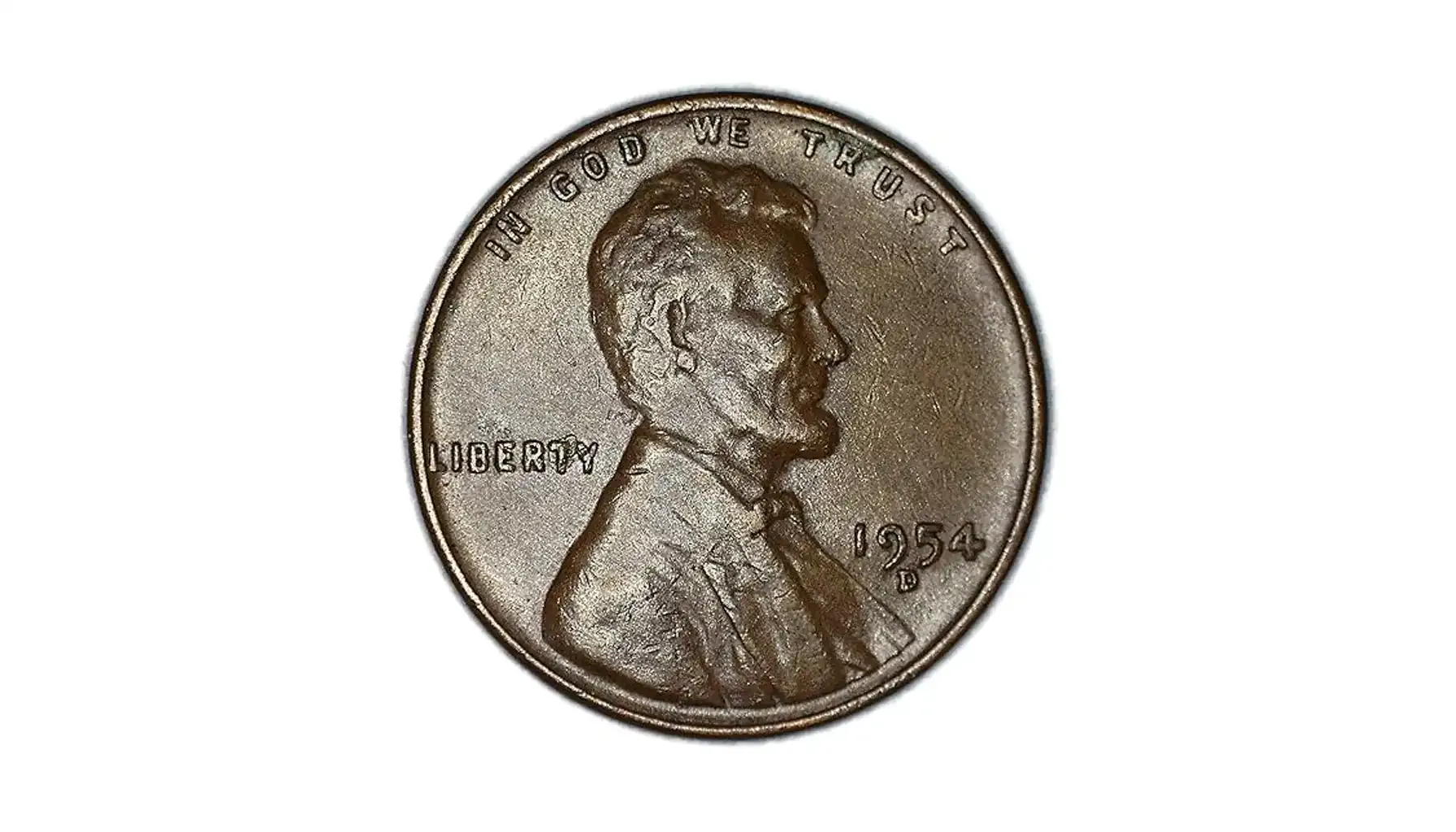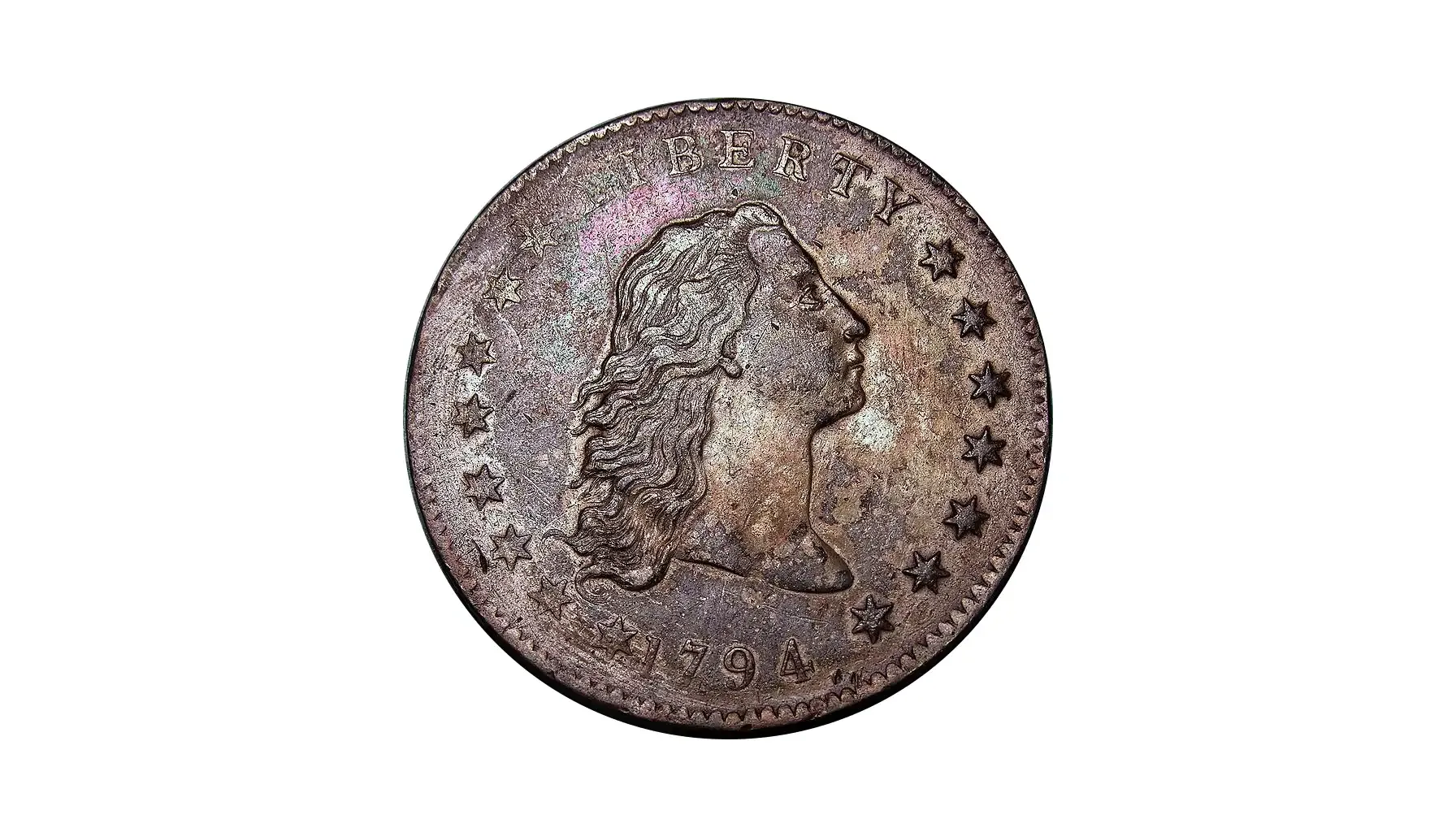Contents:
The Lincoln Wheat Penny has journeyed across generations — some ending up in forgotten jars, others commanding billion-dollar valuations in the numismatic world (or not).
This article from the Coin ID Scanner blog is about valuable Lincoln wheat pennies, stories of a rumored 30 million dollar Lincoln Wheat Penny, and even the mind-blowing Lincoln Wheat Penny $159 million coin.
Top 10 Most Valuable Lincoln Wheat Penny Specimens
Rare Lincoln Wheat Pennies | Year | Price | Sold At (Year & Place) |
1943 | $3.3 million | 2010, Private Sale | |
1909 | $117,500 | 2005, Heritage Auctions | |
1914-D | 1914 | $75,000 | 2023, Stack’s Bowers |
1922 “No D” | 1922 | $30,000 | 2019, Heritage Auctions |
1955 | $50,000 | 2001, Bowers & Merena | |
1944 Steel | 1944 | $180,000 | 2008, Private Transaction |
1931-S | 1931 | $110,000 | 2004, Goldberg Auctions |
1943 Bronze (Philadelphia) | 1943 | $1.7 million | 2019, Heritage Auctions |
1926-S | 1926 | $75,000 | 2022, Great Collections |
1917 Doubled Die Obverse | 1917 | $10,200 | 2020, Stack’s Bowers |
1. 1943-D Bronze Penny

This is arguably the most legendary Lincoln wheat penny rare coin in existence.
Year: 1943
Mintmark: D (Denver)
Composition: 95% Copper, 5% Tin and Zinc (accidental planchet)
Weight: 3.11 grams
Diameter: 19.05 mm
Edge: Plain
Mintage: 1 known specimen
During WWII, the U.S. Mint shifted from copper to steel to conserve resources. But a few leftover bronze planchets accidentally made their way into the Denver mint's production line. That accident birthed the Lincoln wheat penny $15 million urban legend — a valuation born from auction shockwaves.
Only one authentic Denver-minted bronze example is known. This coin has fetched $3.3 million, representing the apex of Lincoln wheat penny values and driving collector obsession globally.
2. 1909-S VDB Lincoln Penny
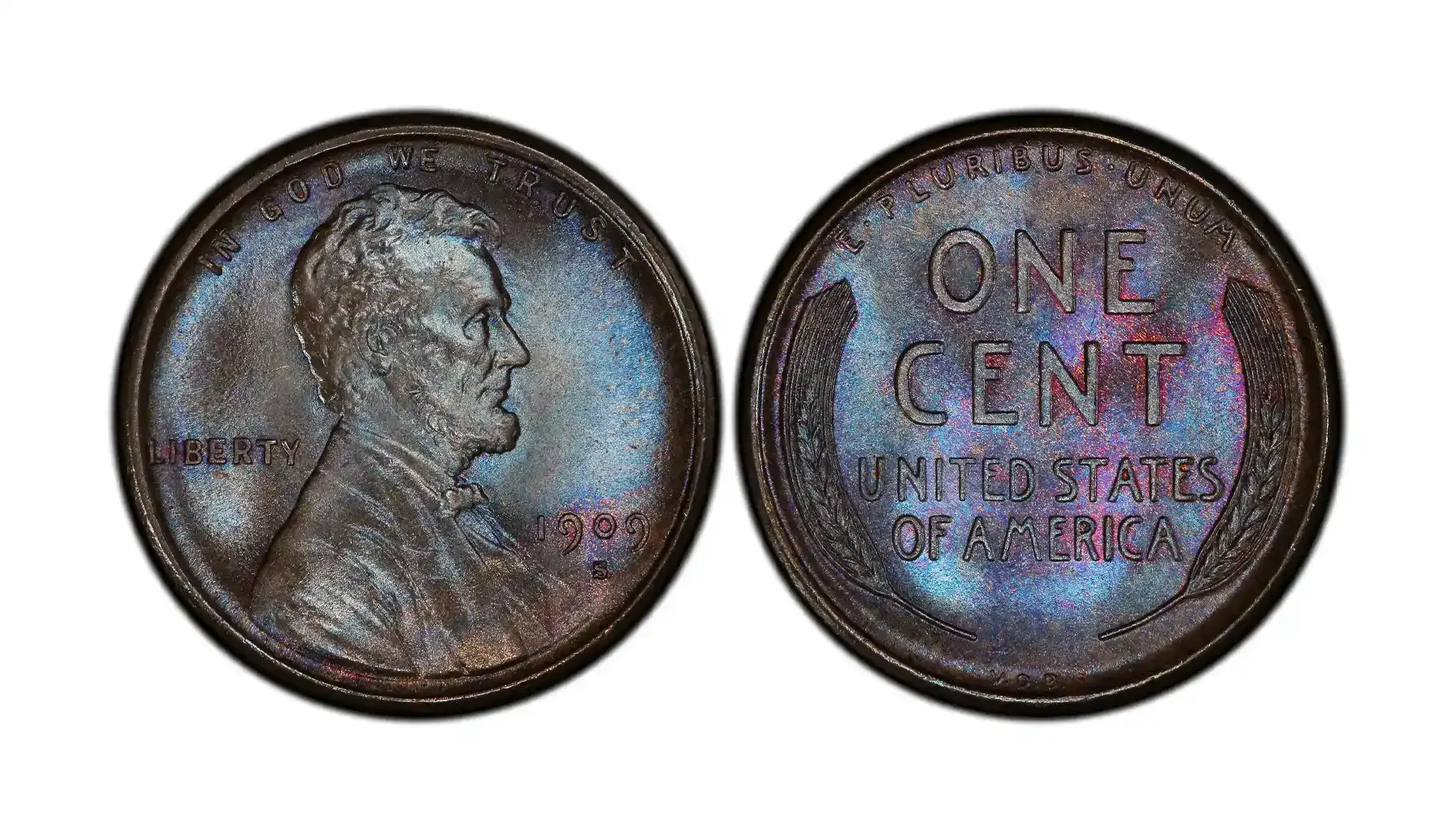
Year: 1909
Mintmark: S (San Francisco)
Composition: 95% Copper, 5% Tin and Zinc
Weight: 3.11 grams
Diameter: 19.05 mm
Edge: Plain
Mintage: 484,000
Designed by Victor David Brenner, this first-year coin included his initials “V.D.B.” boldly on the reverse. The backlash led to its removal within weeks.
Despite being widely known, only 20,000–25,000 are thought to still exist in collectible condition. Its status has led to rumors of a Lincoln wheat penny valued at $121 million still in circulation, which continues to stir public imagination.
3. 1914-D Lincoln Penny

Year: 1914
Mintmark: D (Denver)
Composition: 95% Copper, 5% Tin and Zinc
Weight: 3.11 grams
Diameter: 19.05 mm
Edge: Plain
Mintage: 1,193,000
Unlike its 1909 predecessor, this coin was not hoarded. It’s the definition of a Lincoln wheat penny rare valuable and a backbone of serious collections.
The design follows Brenner’s standard layout, without any significant change from the 1909 issue. However, the “D” mintmark beneath the date is the defining characteristic.
Fine condition examples fetch $1,500+, with MS-63 versions hitting $75,000. It’s also been a victim of counterfeiting — always verify authenticity.
4. 1922 “No D” Wheat Penny
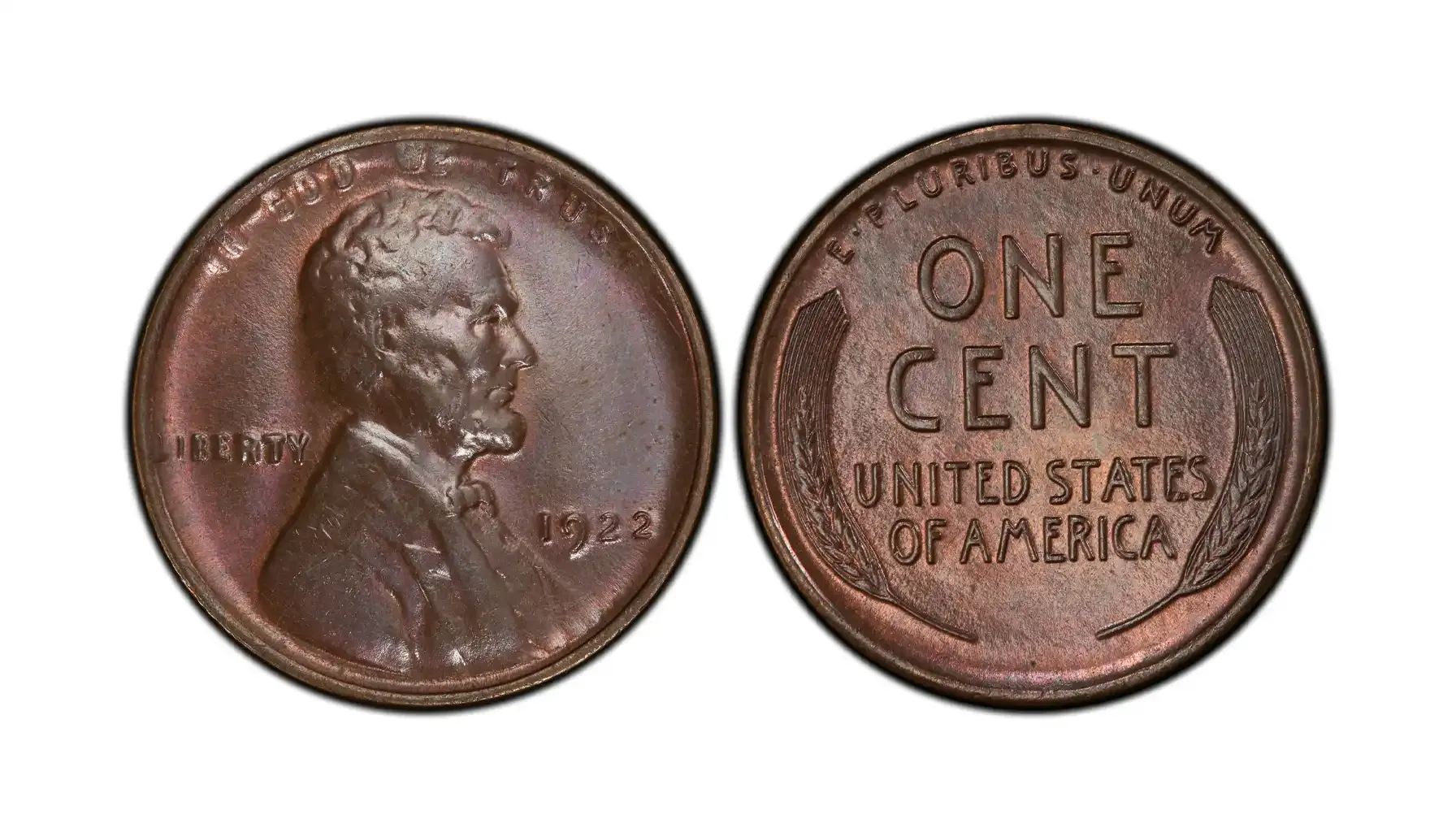
This one challenges the eyes: is it a Denver one... or not?
Year: 1922
Mintmark: None (die filled or polished)
Composition: 95% Copper, 5% Tin and Zinc
Weight: 3.11 grams
Diameter: 19.05 mm
Edge: Plain
Mintage: All from Denver; unknown quantity with missing mintmark
Only the Denver mint produced pennies in 1922. But some coins had the “D” mintmark disappear due to over-polishing. This made the Lincoln wheat penny coin value skyrocket.
Although minted exclusively in Denver, some coins lack the “D” mintmark. This was not by plan — rather, the dies used were so heavily polished that the mintmark was worn away.
The rest of the coin retains the original Lincoln profile and reverse wheat stalks, but its minimalist error makes it stand out.
These “No D” coins represent a high point in Lincoln wheat penny valuation concerns and authentication challenges.
Genuine “No D” coins can fetch $20,000+. It's a highlight in any Lincoln wheat penny valuation rare coin discussion.
5. 1955 DDO Wheat Penny

Year: 1955
Mintmark: None (Philadelphia)
Composition: 95% Copper, 5% Tin and Zinc
Weight: 3.11 grams
Diameter: 19.05 mm
Edge: Plain
Mintage: ~24,000
A doubled die resulted in overlapping inscriptions, especially in "LIBERTY" and "IN GOD WE TRUST." It's a poster child for Lincoln wheat penny price value errors.
The obverse of this coin exhibits one of the most dramatic doubling errors in U.S. coin history. “LIBERTY,” “IN GOD WE TRUST,” and the date appear visibly doubled, as if printed twice.
6. 1944 Steel Penny

Steel in 1944? That shouldn’t happen. But it did.
Year: 1944
Mintmark: None, D, or S
Composition: Zinc-coated Steel (leftover from 1943)
Weight: 2.70 grams
Diameter: 19.05 mm
Edge: Plain
Mintage: <30 known
A few leftover steel planchets from 1943 were accidentally used in 1944. The result? An anomaly with a value over $180,000.
Unlike the bronze pennies of the era, this coin is shiny, gray, and magnetic due to its steel composition. It has the same layout, but the metallic difference makes it unmistakable.
The reverse, with wheat stalks, often shows higher wear due to the hardness of the steel.
A true Lincoln wheat penny rare collectible valuable coin — often mistaken for common 1943 cents by the untrained eye.
7. 1931-S Wheat Penny
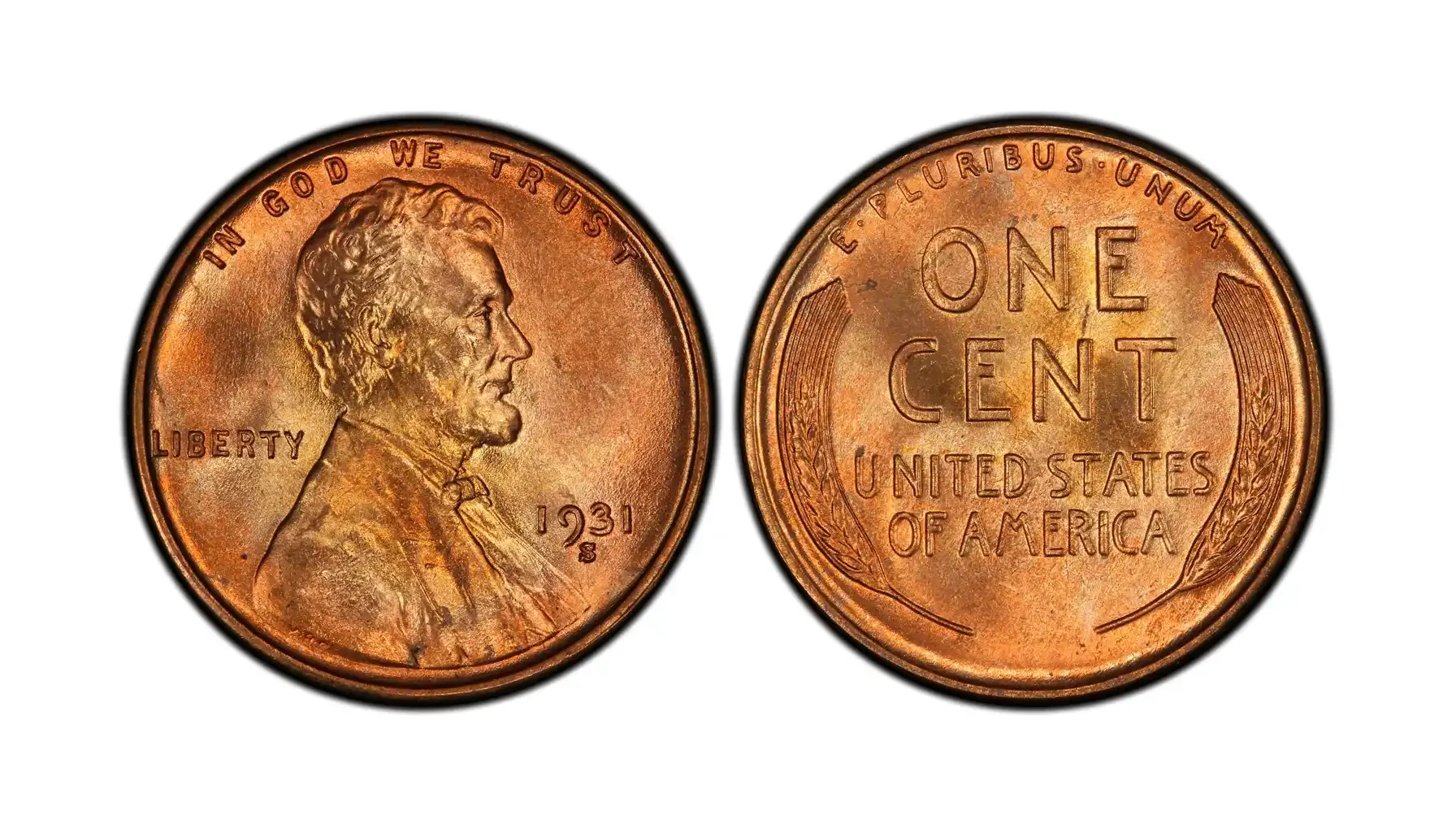
Year: 1931
Mintmark: S (San Francisco)
Composition: 95% Copper, 5% Tin and Zinc
Weight: 3.11 grams
Diameter: 19.05 mm
Edge: Plain
Mintage: 866,000
Standard wheat cent design, but with noticeably sharper strike quality. “S” mintmark appears clearly beneath the date.
Struck during the Great Depression, its low mintage of 866,000 units makes it notable. Many were saved by collectors, but high-grade versions are still scarce.
This is a prime example of a Lincoln wheat penny worth collecting even in circulated condition. Values range from $85 to $110,000 depending on grade.
8. 1943 Bronze (Philadelphia) Penny
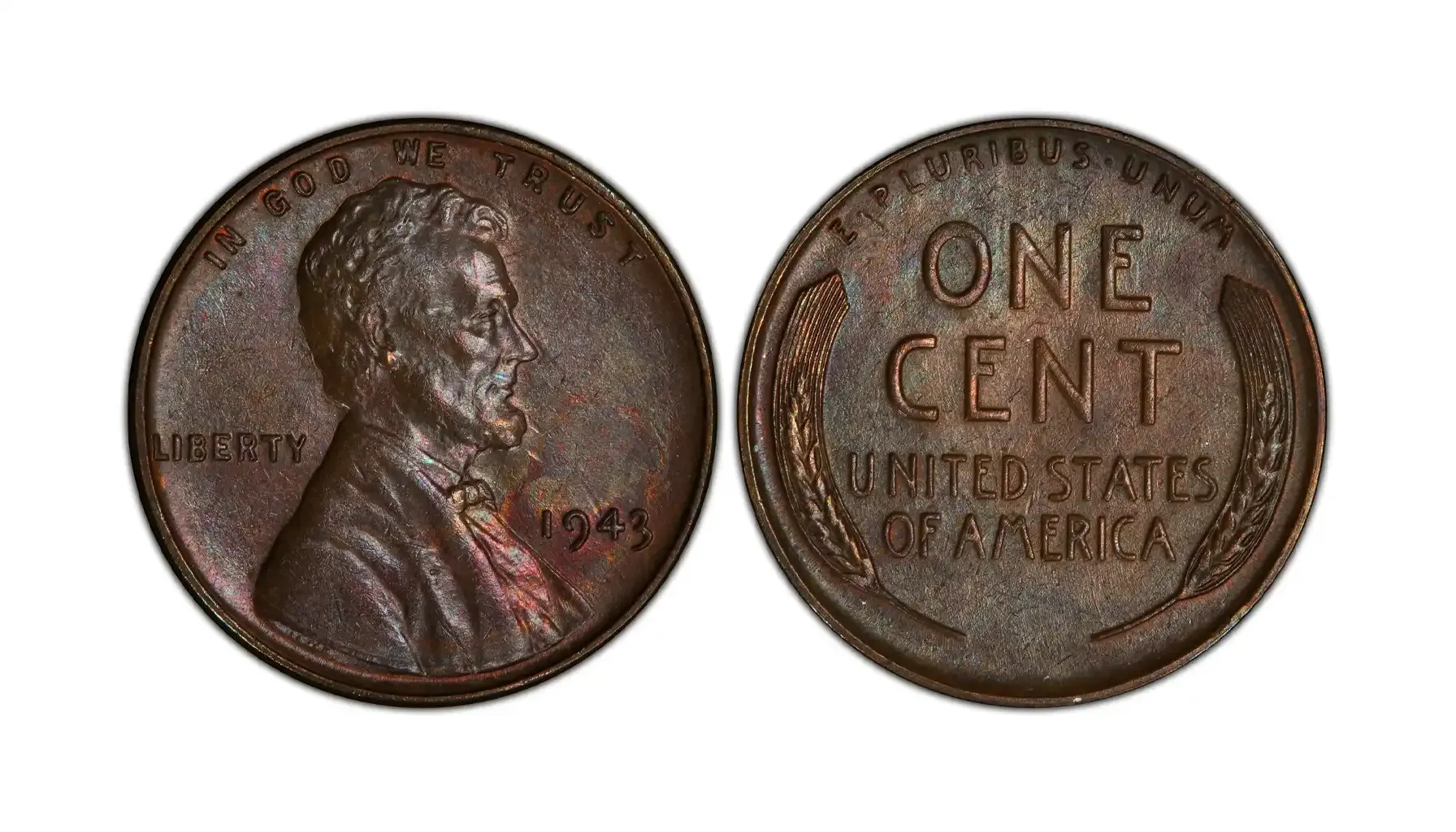
Year: 1943
Mintmark: None (Philadelphia)
Composition: Bronze (accidental planchet)
Weight: 3.11 grams
Diameter: 19.05 mm
Edge: Plain
Mintage: ~13–15 known
Another mistake in the shift to steel — a few bronze planchets remained in Philadelphia. Now they’re the subject of Lincoln wheat penny million dollar value headlines.
This coin visually matches standard pre-1943 pennies, with its bronze color and no mintmark. It looks normal unless you know that no bronze coins were meant to be made that year.
These coins fetch $1.5 million or more at auction, adding fuel to the myth of the Lincoln wheat penny $110 million and its cousins.
9. 1926-S Wheat Penny
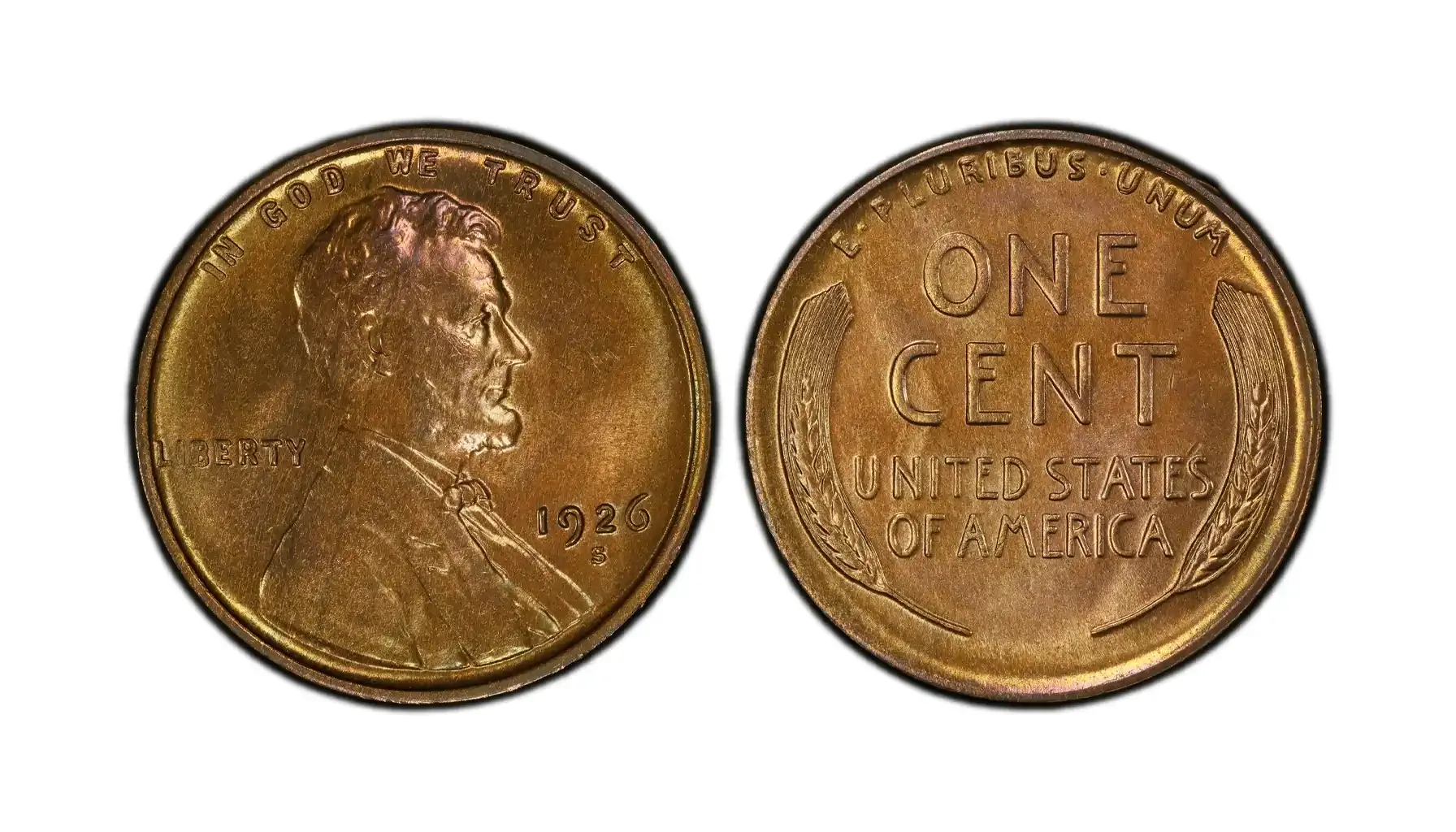
Year: 1926
Mintmark: S (San Francisco)
Composition: 95% Copper, 5% Tin and Zinc
Weight: 3.11 grams
Diameter: 19.05 mm
Edge: Plain
Mintage: 970,000
While not widely known outside the hobby, MS-quality examples of this coin are rare.
This version of the coin is typically weakly struck, with the “S” mintmark and reverse elements often showing light impressions.
The worn quality makes high-grade examples incredibly attractive to collectors.
Low-mintage coins from the 1920s San Francisco Mint are always collectible, but this one stood out due to minimal preservation. Many entered circulation and wore down quickly.
10. 1917 DDO Penny
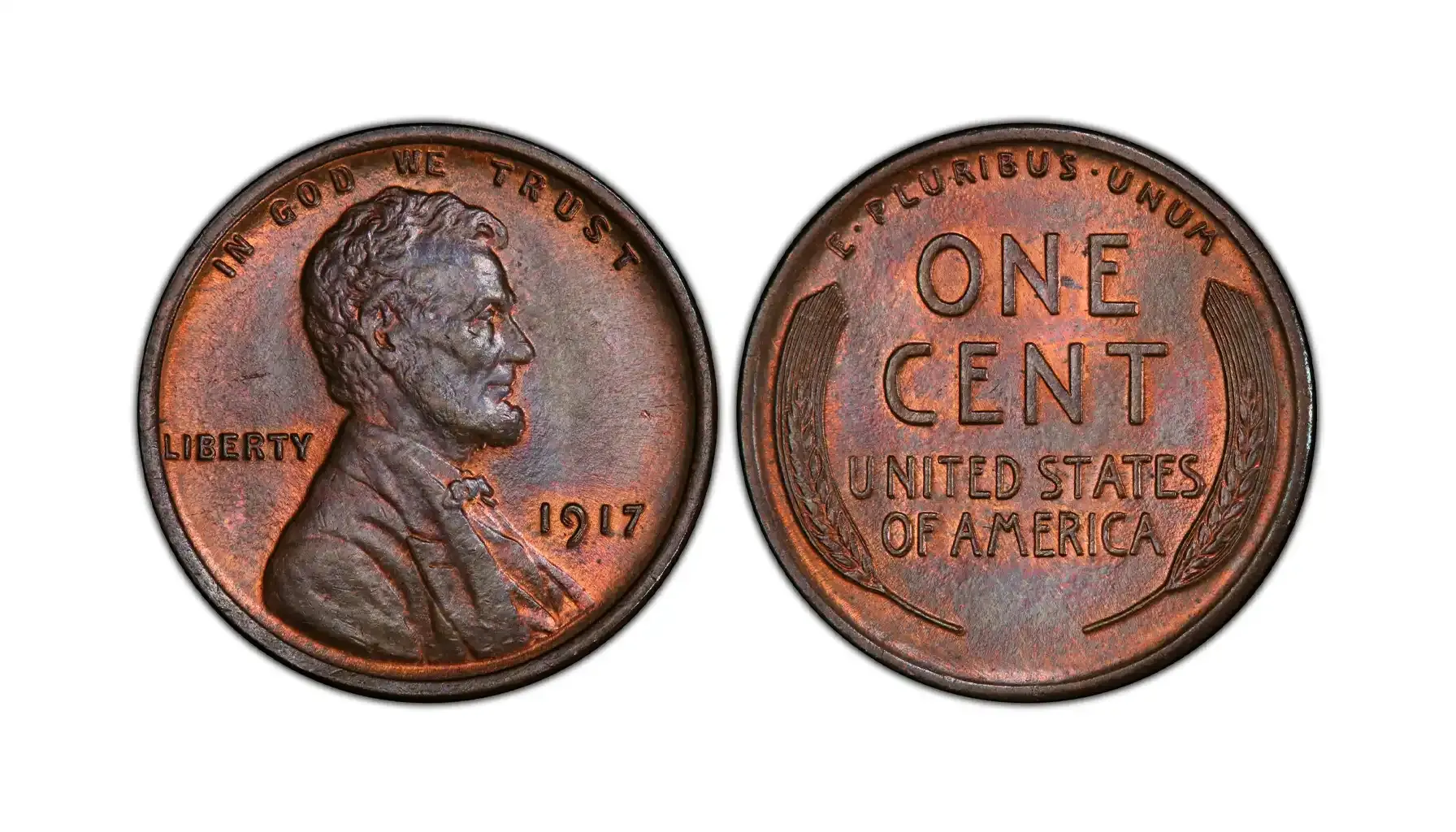
Year: 1917
Mintmark: Varies
Composition: 95% Copper, 5% Tin and Zinc
Weight: 3.11 grams
Diameter: 19.05 mm
Edge: Plain
Mintage: Unknown (error-based)
Collectors often mistake this error for wear. But a sharp eye reveals doubled features, especially in Lincoln’s profile.
The doubling is subtle compared to the 1955 version — look closely at “IN GOD WE TRUST” and Lincoln’s eye. Otherwise, it carries the familiar bronze tone and wheat stalk reverse.
As one of the earliest known doubled die errors in the Lincoln series, this coin is interesting. Few were noticed at the time, and most were lost in circulation. It’s a textbook case of a Lincoln wheat penny rare value emerging decades after its mintage.
Is There a Rare Lincoln Wheat Penny Value Billion Out There?
While some numbers are exaggerated, like the mythical Lincoln wheat penny billion dollar valuation, one fact is certain: these coins are valuable and historically significant.
Yes, myths swirl around the 4.3 million dollar Lincoln wheat penny and more, and yes, the outrageous sums of the Lincoln wheat penny value chart. While many of these figures are unverified, they highlight one truth: Lincoln wheat penny value price sums have exploded.
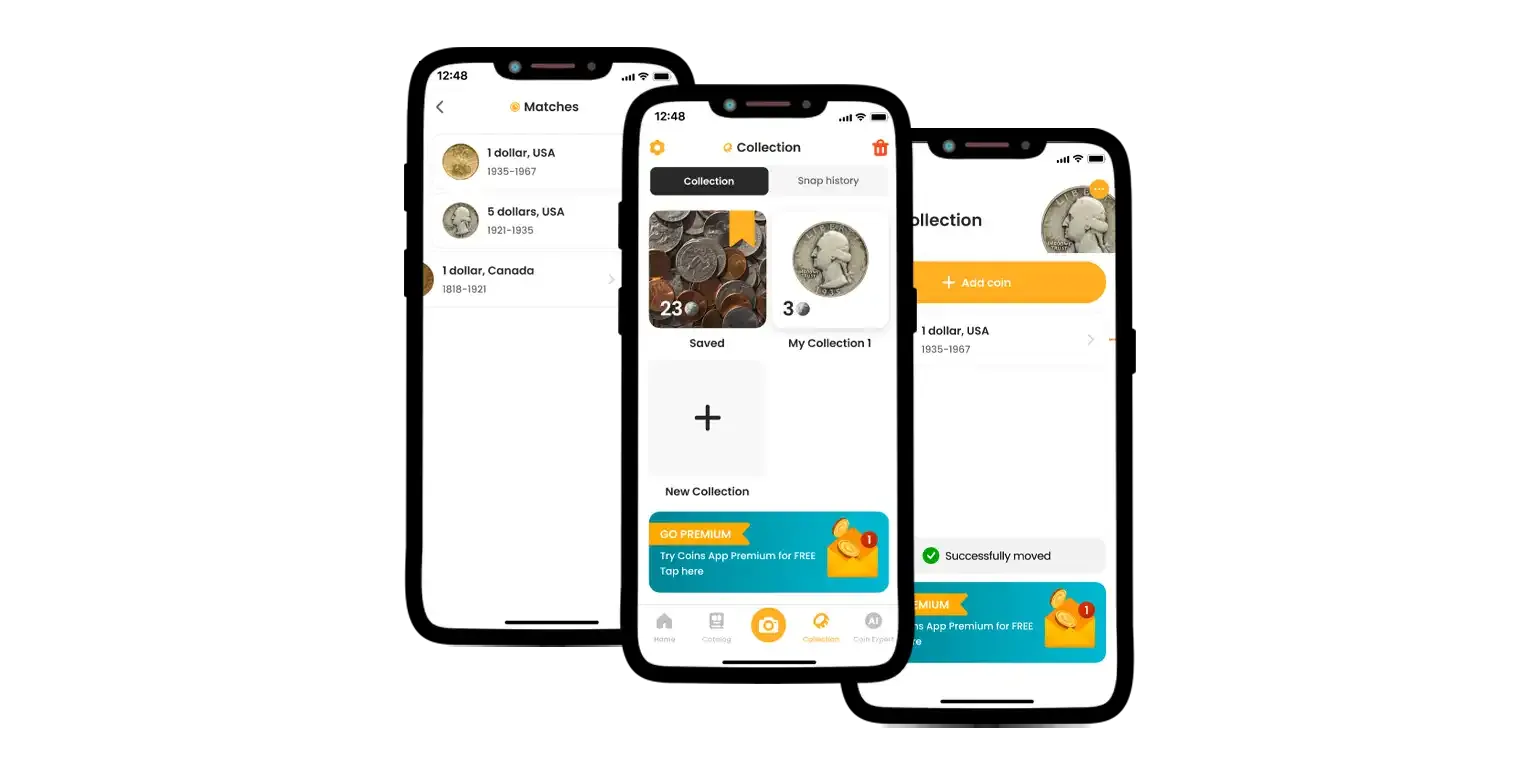
How to Know What You Really Have
Want to determine if your coin is an iconic rare Lincoln wheat penny or just pocket change? You need tech, precision and numismatic know-how. Here’s the Coin ID Scanner app that:
Instantly identifies your coin using a photo
Accesses accurate Lincoln wheat penny value rare coin estimates
Manages and catalogs your entire coin collection digitally
Start scanning. Start valuing. Start discovering history.
Because the next Lincoln wheat penny valuable coin just might be next to you.

